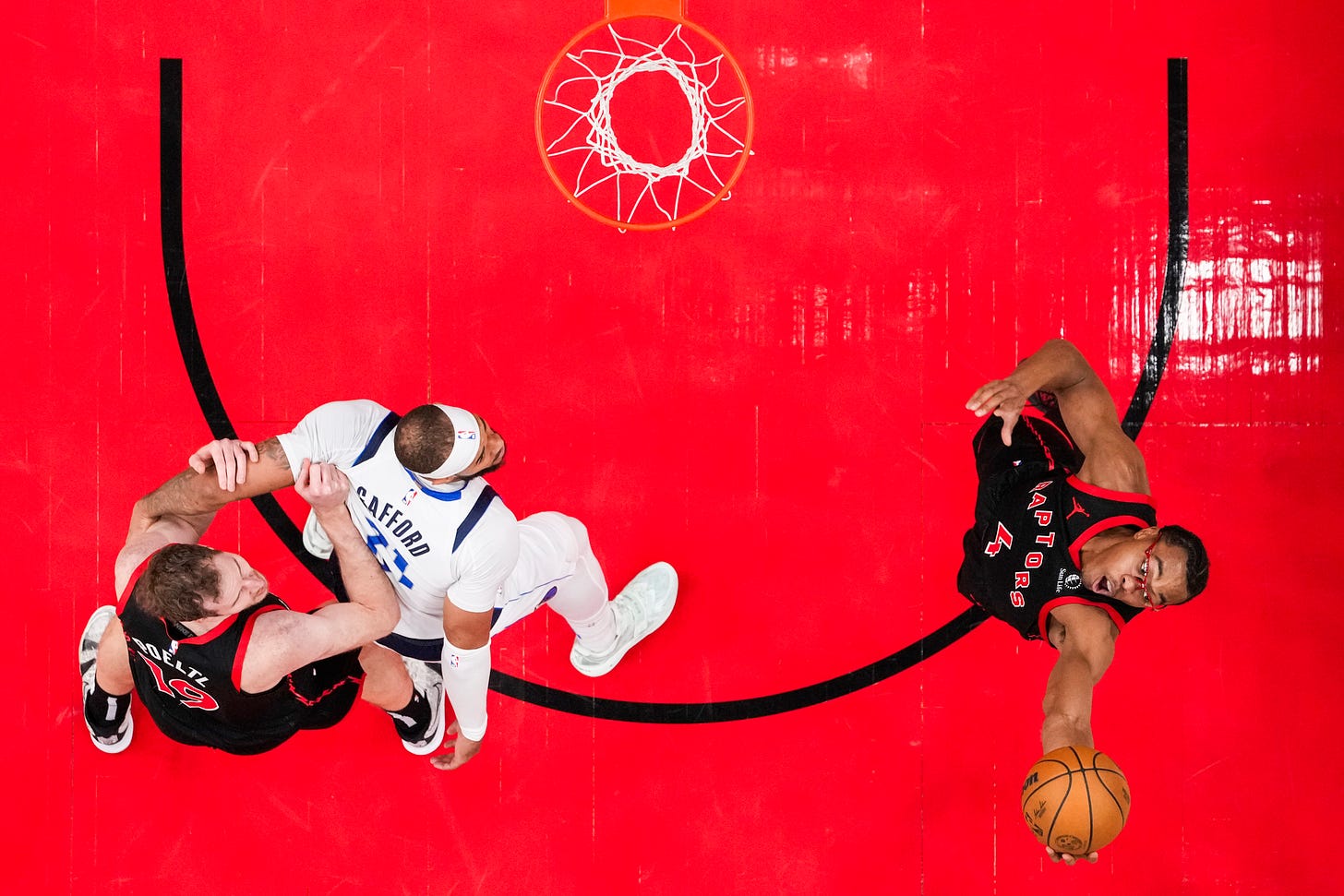The new way to get offensive rebounds
A wrinkle for the high-energy NBA

In 2013, at the MIT Sloan Sports Analytics Conference, a paper used optical tracking data to dig deep into the age-old coaching question of whether or not to send players to crash the offensive boards. The paper found that by and large, it was better not to crash, and instead to race back on defense.
Stan Van Gundy agrees. When Dwight Howard owned the paint for the Orlando Magic, the Magic generally had everyone else race back on defense. Coach Van Gundy knew if all five players were back on defense, his opponents would struggle to score.
No one disputes that offensive rebounds are almost magical things. Teams essentially alternate possessions, and finish games with similar numbers of scoring attempts; offensive rebounds are the big variable that could lead one team to have more shots and free throws than the opponent. Like steals, offensive rebounds tend to arrive with the defense in disarray, and are thus on average more valuable possessions. Many offensive rebounds turn into buckets before the rebounder even lands again. Think of the magical putback dunk. Pioneering analyst Dean Oliver broke the game of basketball into his famous Four Factors that determine winning, offensive rebounding is one of them.
The only argument against offensive rebounding is that bodies sent toward the offensive glass are bodies that are not racing to protect the team’s own rim. (A favorite acronym from NBA whiteboards: T.A.B. = “tear ass back”)
As we won’t let you forget here at TrueHoop, and as few other media outlets seem to have realized at all, the tactics of NBA coaching this season are very different.
See what the Raptors did here? The game’s going to be far more intense. It’ll show up all over, as we recently wrote, with many teams unafraid to press and trap in the full court, as in this case where three Raptors defenders are on the ball to force a turnover. Amazing! And new to the league in second quarter action!
The intensity will also affect offensive rebounding: Teams are sending three, four, or even all five players to the offensive glass. Why? Because there’s a clever new way to do it that stops opponents from fast breaking the other way.
Keep reading with a 7-day free trial
Subscribe to TrueHoop to keep reading this post and get 7 days of free access to the full post archives.

